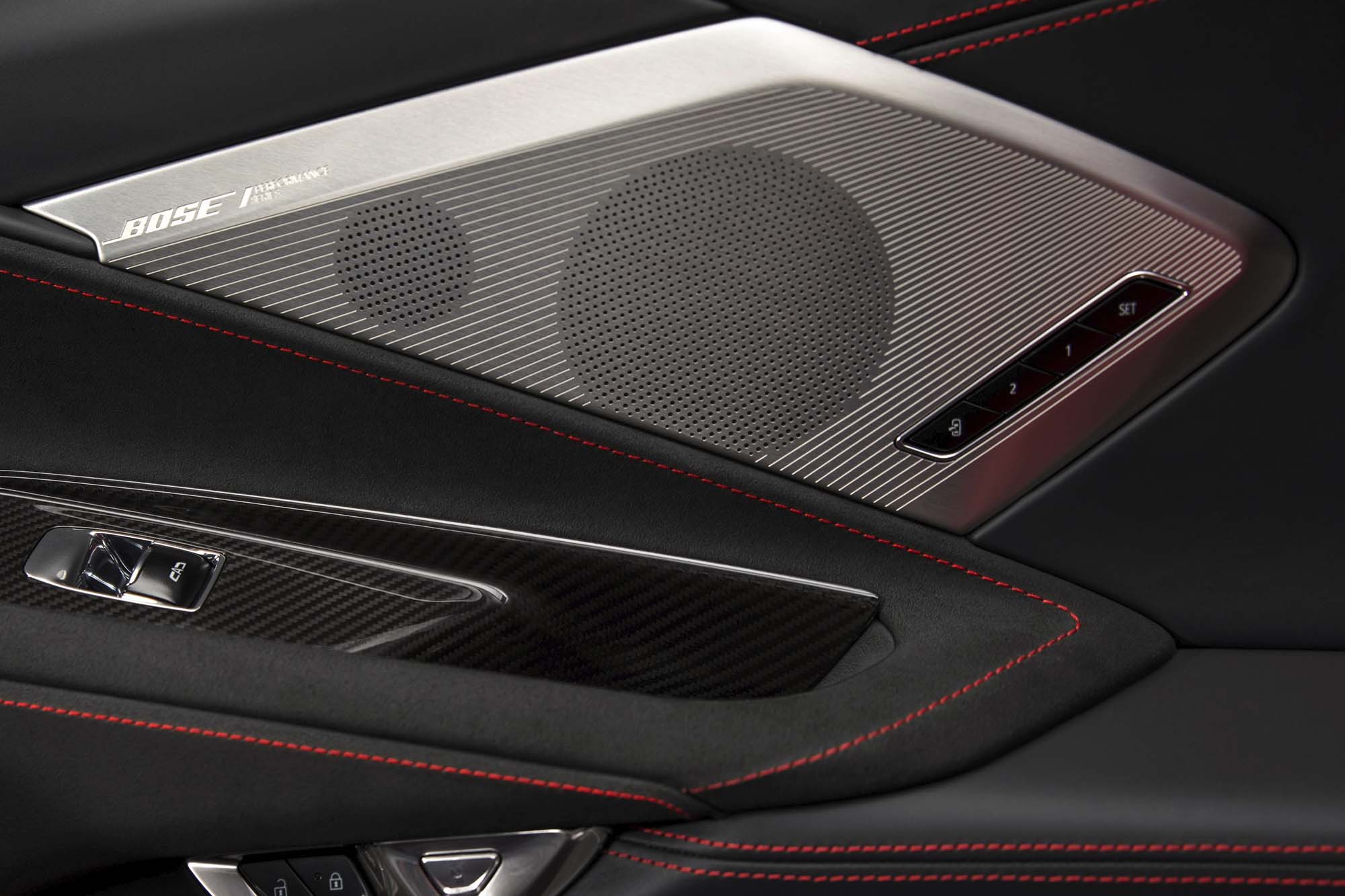What to Know About Bose Automotive Audio Systems
The 60-year-old audio company hones its quality through technology and research.
 Chevrolet
Chevrolet
MIT alum Amar Bose launched his eponymous audio company in 1964, and 18 years later, he signed a deal with GM to create custom automotive sound systems. Since then, Bose has broadened its portfolio of automotive clients and refined its speaker technology.
Bose Automotive Makes Its Debut
Among the first vehicles to host a factory-installed Bose stereo was the 1983 Cadillac Seville. It was a $900 option and consisted of four speakers with integrated amplifiers, but it lacked traditional woofers or tweeters. While that sounds modest compared with today's systems, it was a great improvement over the car's standard stereo.
According to a 1982 article in the New York Times, Bose embraced the opportunity to make an in-car audio system, as "all the acoustic elements are known: the size and shape of the passenger space, the areas and angles of the windows, the acoustic absorption of the upholstery and — most importantly — the exact seating positions of driver and passenger." This is in stark contrast to designing a general-use home speaker system, where such variables are unknown.
His team created a life-size mannequin — dubbed Morgan — with microphones in its ears and placed it in the vehicle, then connected the dummy to a computer and recorded what it could "hear." These measurements informed the stereo's design, as Bose adjusted frequency response and sound-projection angles to provide each passenger with an optimal listening experience. Journalists raved about it, and the take rate exceeded GM's expectations.
Bose Expands Its Speaker Count and Clientele
Today, you can find Bose products in vehicles from General Motors, Honda, Hyundai-Kia, Infiniti, Mazda, Nissan, and Porsche, and each is custom to the car. The company still employs sound-imaging tech to determine speaker placement and other acoustic parameters.
Its modern in-car audio systems feature subwoofers, tweeters, and headrest speakers to provide richer sound. Most if not all also employ some form of Bose sound-management software. Consider the available 16-speaker setup in the 2024 Infiniti QX55 crossover, for example. It has Centerpoint, which converts two-channel — left and right — audio into multi-channel sound that envelops passengers. Other tech, such as Advanced Staging, makes the cabin feel like a concert venue, with vocals played through the center speakers and instruments coming in from the sides.
Chevrolet shoppers can opt for a Bose stereo in everything from the Trailblazer to the Corvette. The latter, which moved to a mid-engine design for 2020, brought with it novel challenges for Bose. With the engine now behind the small cockpit, the audio company employed 14 speakers — the most it has ever installed in a two-seater — to amplify desirable sounds and downplay background and road noise.
Adding and Subtracting Sound Is Key for EVs
Bose prides itself on active sound management, much of which involves noise canceling. This is particularly important in electric vehicles, as a big part of their appeal is how quiet they are, and the right sound system can help reduce road and tire noise.
As Bose points out, however, sound is one of the ways in which we interact with the world, and a lack of feedback (for example, general powertrain silence) may not be the best thing when you're, say, driving something like the GMC Hummer EV over boulders and rough terrain.
To address this, the company created selectable sound profiles for certain vehicles. Owners can choose one of several drive modes and, when accelerating, hear a crescendoing whir, hum, or other simulated sound piped in through the speakers.
Written by humans.
Edited by humans.
 Kristin Shaw
Kristin ShawKristin Shaw is a freelance writer specializing in automotive topics, and she uses her corporate technology experience to explain complex concepts. Currently living in her sixth state (New Jersey, Indiana, Ohio, Kentucky, Georgia, and now Texas), she does most of her work in coffee shops around Austin. People often tell her that she has the coolest job, and she agrees.
Related articles
View more related articles